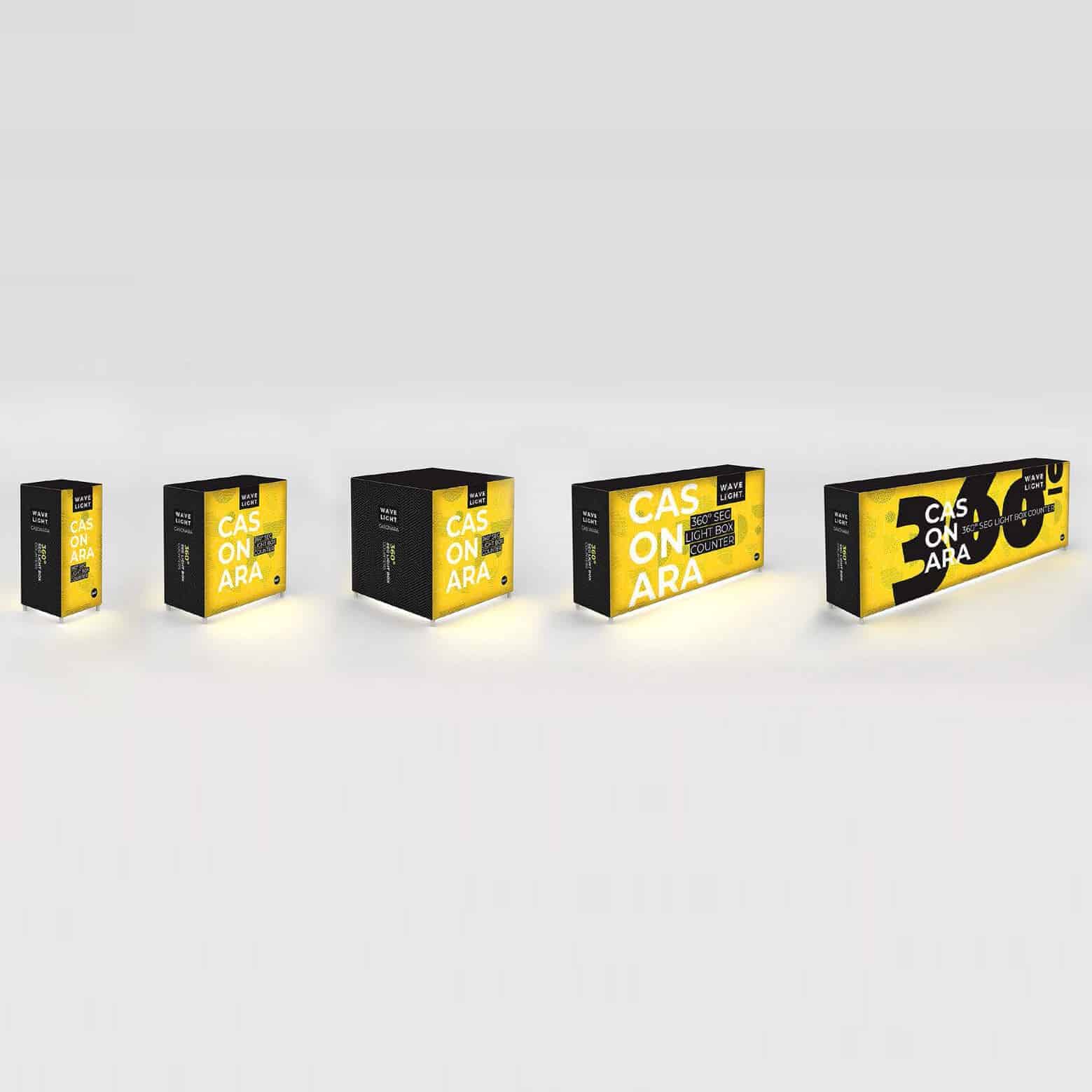Dollars and Sense: Why Trade Shows Really Work
By Bob McGlincy Exhibit City News
Trade Shows really work: they are a unique three-dimensional environment, combining elements of marketing, advertising and sales. They bring targeted buyers and sellers together in one place and at one time. Trade Shows magically transform an empty convention center into a magnificent marketing extravaganza, a business carnival pulsating with energy and excitement. Take a moment, if you will, and imagine such a place. Walk down any aisle of any tradeshow in any city. The show might be in Las Vegas, Chicago, Atlanta, New York, Paris, Milan, Singapore or Hanover. The location doesn’t matter. The question is: What do you see? Chances are, you see the same thing in every city. You see exhibits and people, and a lot of activity.
Now think about the expense of putting on such a show and the costs of exhibiting or attending. Have you ever paused and wondered: Why do companies do this? The reason exhibitors exhibit are many and varied. On one level, it is exactly what you might conclude from walking the show floor. Exhibitors exhibit for branding and name recognition, to see and be seen, to view marketplace and evaluate the competition. Ultimately, the goal is to gather leads, take orders and close sales. On this level, tradeshows make sense because they offer both immediate and deferred sales opportunities. But there is a more fundamental reason exhibitors exhibit-money matters. Companies exhibit because tradeshows will improve market share and will increase ROI (Return On Investment).
Tradeshows are arguably the single most effective marketing medium that exists today. Here’s why:
• It costs substantially less to close a sale from a tradeshow lead ($625) than it does to close a sale in the field ($1,117).
• Tradeshows accelerate sales efficiencies by reaching potential buyers 7-8 times quicker than through normal field sales techniques.
• Tradeshows save time. 50% of tradeshow leads do not require a sales call to close.
• Tradeshows reach unknown prospects. Approximately 85% of exhibit visitors have not been called on by a company representative in the past 12 months.
• Tradeshows draw quality audiences. Approximately 84% of all attendees have “buying influence,” and over 59% plan to purchase a product. Moreover, the audiences are industry-specific.
Clearly, tradeshows work, and it makes dollars and sense for exhibitors to exhibit. To quote Doug Ducate of the Center for Exhibition Industry Research, tradeshows, as a rule thumb, require “half the time, half the cost, and half the effort,” when compared with traditional sales methods. Moreover, tradeshows thrive because it makes sense for attendees to attend conventions. Without attendees there would be no reason to exhibit at a show. Fortunately, there are at least four reasons why conventions benefit attendees. Tradeshows provide a “feel” for a vendor’s product. No matter how large or unique, products can be viewed, touched, examined and compared. Tradeshows provide a real-time opportunity to evaluate competitive products. Simply by walking down an aisle, an attendee can view new technology and speak with sales representatives from competing companies. Tradeshows allow for face-to-face interaction.
Unlike cyberspace, conventions are personal and stimulate all five senses. Tradeshows are a learning environment. For three to five days, conventions are a mini-university dedicated to a specific industry niche, providing informative seminars for attendees and a chance to view cutting edge technology. For both exhibitors and attendees, tradeshows are truly a productive use of time and money. Exhibitors exhibit because the people they want to see come to tradeshows. And attendees attend because the people and products they want to see are already at tradeshows. What a dynamic synergy this is!
One way to illustrate the effectiveness of tradeshows is to examine a specific show. The Association of periOperative Registered Nurses (AORN) attracts less than five percent of the number of attendees that Comdex, the computer mega show. Nevertheless, in terms of net square feet, the AORN show has grown to one of the largest 150 shows in the country. It has grown because organizers and medical supply companies began to realize that operating room nurses possess “buying influence.” That is to say, they are the ones recommending purchases and products to surgeons, even though they are often not the ones actually authorizing the purchase. Moreover, while it’s difficult to make a sales call in the operating room, it’s easy to display medical instruments, supplies and pharmaceuticals on the tradeshow floor.
Tradeshows work.
They’ve been working in the U.S. for over 100 years. But just because they work doesn’t mean it’s easy work. Mark Twain once said, “I struck a great disappointment when I discovered you had to dig for gold with a long handled shovel. I thought all you had to do was scoop it up off the ground.” Tradeshows are like that. They can be mined for pure gold, but it takes pre-planning and effort to do it successful



0 comments